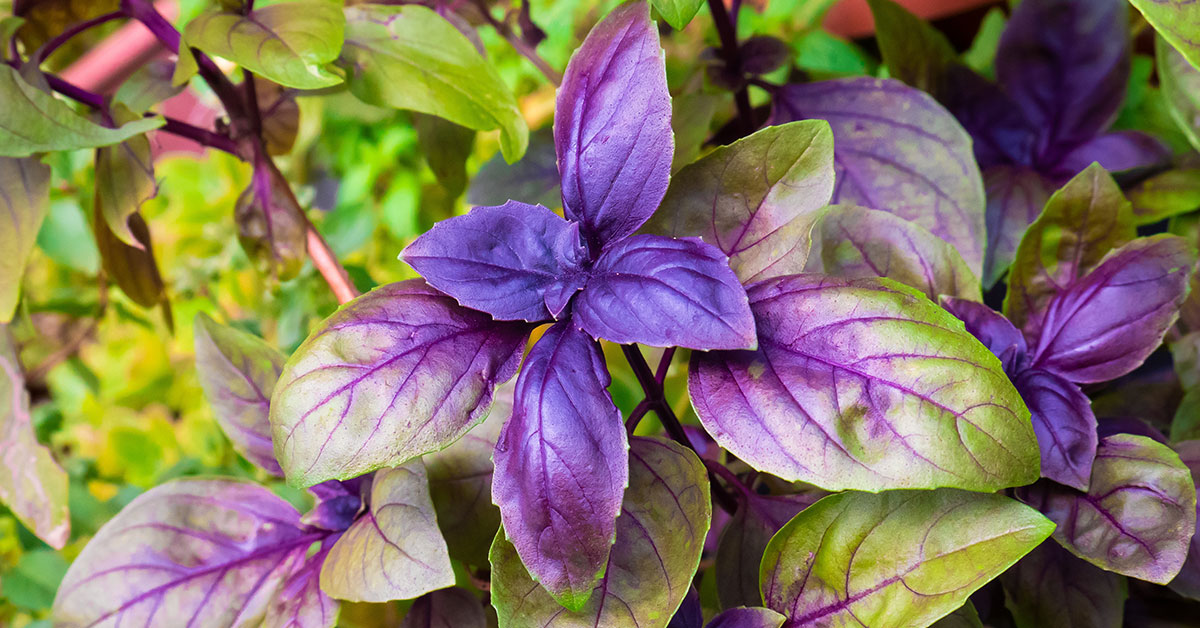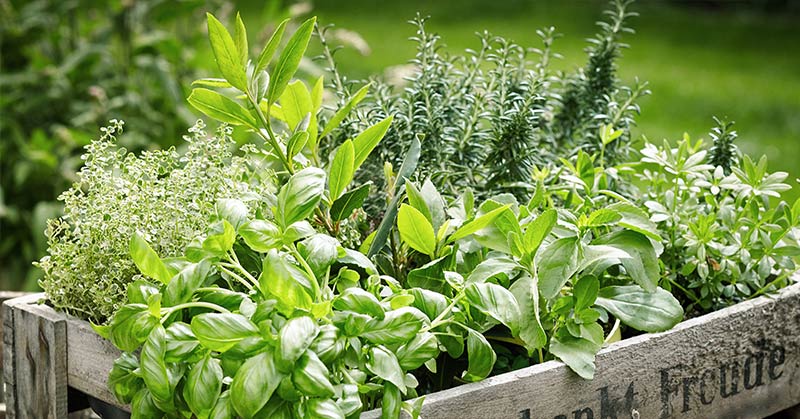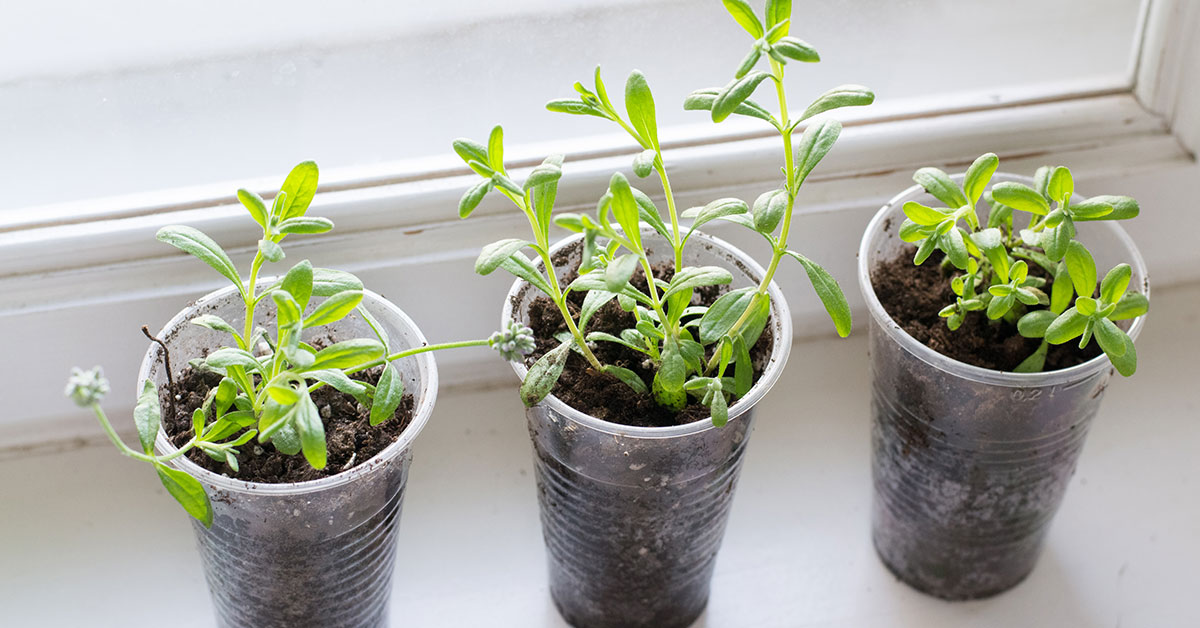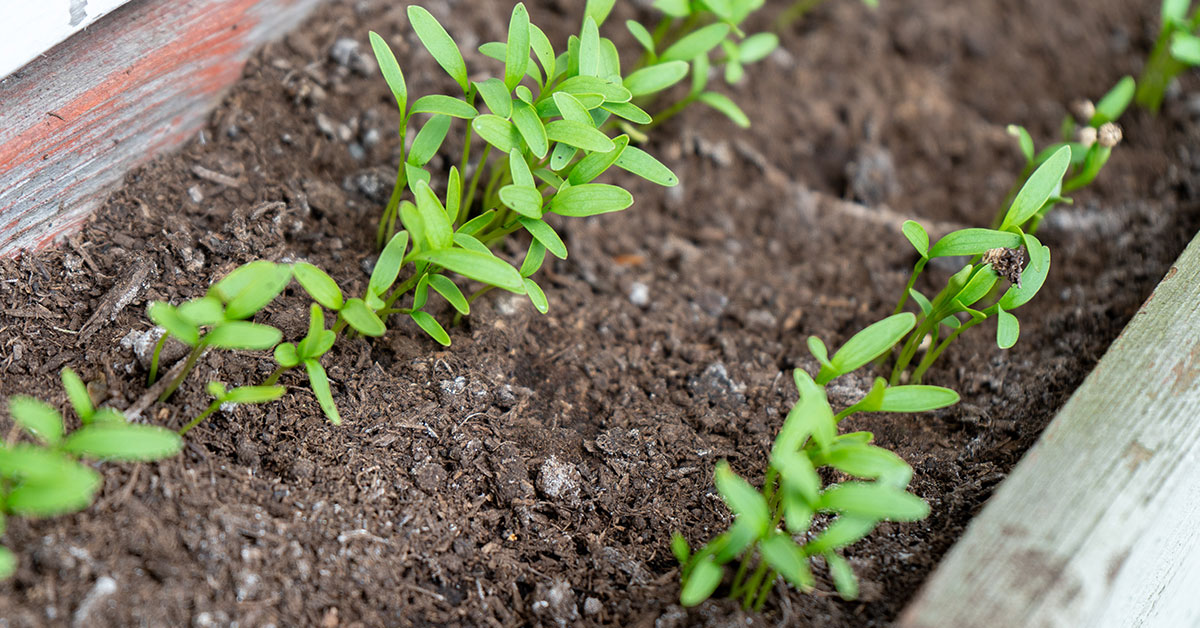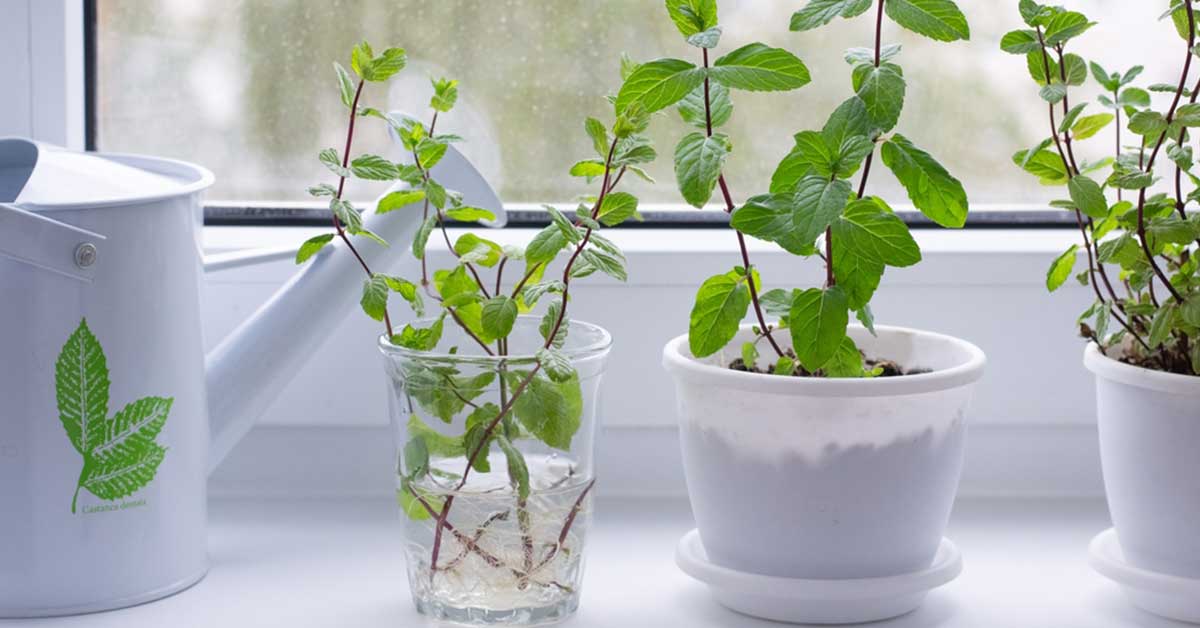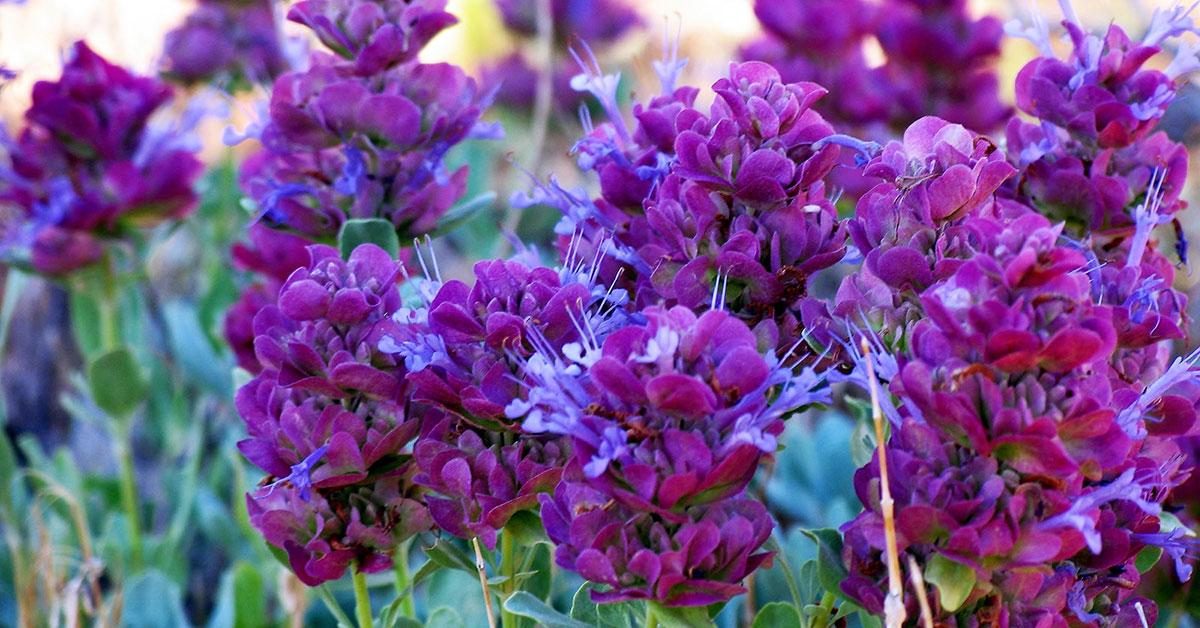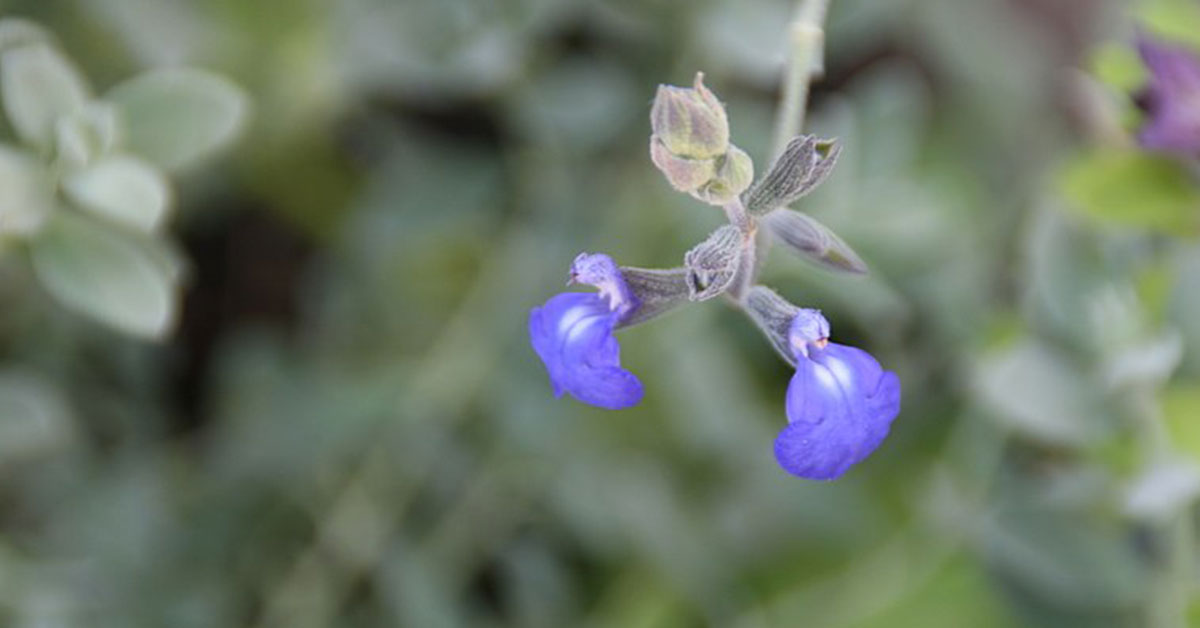Red Rubin Basil is a popular and distinctive herb that is highly sought after by home gardeners and professional chefs alike. With its deep, burgundy leaves and fragrant aroma, this basil variety is not only a delight to look at but also a flavorful addition to a variety of dishes.
In this article, we’ll delve into the history and characteristics of Red Rubin Basil, as well as explore some of the many culinary uses and health benefits of this unique herb. Whether you’re a seasoned cook or just starting out in the world of gardening and cooking, you’re sure to find something of interest in this informative guide to Red Rubin Basil.
What is Red Rubin Basil?
Red Rubin basil is a unique variety of basil that stands out from other types of basil due to its deep purple-red leaves. It is a member of the Lamiaceae or mint family, which is known for its aromatic herbs. This particular variety of basil is also known as “Dark Opal” basil and was first introduced in the 1950s. Its distinctive color and flavor make it a popular choice for culinary and ornamental purposes.
Red Rubin basil is an annual herb that grows up to 2 feet tall. It has a bushy growth habit and produces small, fragrant, lavender-colored flowers in the late summer. The leaves of the Red Rubin basil are the main attraction, with their striking dark red to purple color that intensifies as the plant matures. The leaves are also slightly wrinkled and have a slightly spicy flavor with notes of anise and cinnamon.
This variety of basil is easy to grow and care for, making it a popular choice for gardeners and cooks alike. It prefers full sun and well-drained soil, but can also thrive in partial shade. This basil can be grown from seed or purchased as a plant. It is a fast-growing plant and can be harvested in as little as six weeks after planting.
In addition to its culinary uses, Red Rubin basil is also commonly used as a decorative plant in outdoor and indoor gardens. Its striking color and unique appearance make it a popular choice for adding visual interest to floral arrangements and herb gardens.
Overall, Red Rubin basil is a versatile and attractive herb that adds a pop of color and flavor to any garden or kitchen. Whether you’re using it to add a spicy kick to your favorite dishes or as a decorative plant, it’s a great addition to any herb collection.
What makes Red Rubin Basil different from other varieties?
Red Rubin Basil is a unique variety of basil that stands out from the rest. Its most striking characteristic is its deep purple-red leaves, which are much darker than the green leaves of other basil varieties. But this is not the only thing that sets this variety of basil apart. In this blog post, we will explore what makes Red Rubin Basil different from other varieties.
Firstly, this basil variety has a stronger aroma and flavor compared to other basil varieties. Its leaves have a spicy and slightly sweet taste, with hints of anise and clove. The intense flavor of Red Rubin Basil makes it a popular choice for Mediterranean and Italian dishes, especially those with tomato-based sauces.
Another unique feature of this herb is its high concentration of anthocyanins. These are natural pigments that give the leaves their distinctive deep purple-red color. Anthocyanins are also known to have antioxidant properties that can help protect the body against various diseases.
Furthermore, Red Rubin Basil is a hardy plant that can grow well in different climates. It is also easy to grow, making it a popular choice for home gardeners and chefs who want to have a fresh supply of basil all year round.
Red Rubin Basil is a unique variety of basil that offers a range of benefits. Its intense flavor, high concentration of anthocyanins, and easy-to-grow nature make it a popular choice for home gardeners and chefs alike. Whether you are using it for cooking or simply enjoying its beauty in your garden, this herb is definitely worth considering.
How to grow Red Rubin Basil
Red Rubin Basil is a beautiful and flavorful variety of basil that can add a unique touch to any dish. If you’re interested in growing this herb, here are some tips to help you get started:
- Choose the right location: Like most herbs, Red Rubin Basil thrives in full sunlight. Make sure to choose a location in your garden that receives at least six hours of direct sunlight per day.
- Prepare the soil: This plant prefers well-draining soil that’s rich in organic matter. Before planting, add some compost or well-rotted manure to the soil to improve its fertility.
- Plant the seeds: You can either start from seeds or buy young plants from a nursery. If starting from seeds, sow them in the soil about 1/4 inch deep and 6-8 inches apart. Water the soil gently and keep it moist until the seeds germinate.
- Water and fertilize regularly: This basil needs regular watering to keep the soil moist, but be careful not to overwater as it can lead to root rot. You can fertilize the plant once a month with a balanced fertilizer to encourage healthy growth.
- Harvest regularly: It can be harvested as soon as the plant has grown to a height of about 6 inches. Pinch off the top leaves to encourage bushy growth and continue to harvest regularly throughout the growing season.
With these tips, you should be able to grow Red Rubin Basil successfully in your garden. Enjoy the beautiful color and delicious flavor of this unique herb!
Growing tips
In addition to the basics of soil, water, and sunlight requirements, here are some additional tips for growing Red Rubin Basil:
- Prune regularly: Regular pruning will help your plant grow bushier and produce more leaves. Pinch off the top two sets of leaves every few weeks to encourage new growth.
- Fertilize: Basil plants are heavy feeders, so it’s important to fertilize them every few weeks with a balanced fertilizer. This will help ensure they have all the nutrients they need to grow healthy and strong.
- Keep an eye out for pests: Basil plants can attract pests like aphids, whiteflies, and spider mites. Check your plants regularly for signs of infestation and treat them promptly if you notice any problems.
- Water from the bottom: Watering your basil plants from the bottom can help prevent fungal diseases. Set your pots or containers in a tray of water and allow the plants to soak up the moisture from the bottom.
- Harvest regularly: Regular harvesting will not only keep your Red Rubin Basil plant from becoming too leggy, but it will also encourage new growth. Harvest only the top two sets of leaves at a time, leaving the rest of the plant intact.
By following these tips, you can help ensure that your Red Rubin Basil plants grow strong and healthy, providing you with plenty of flavorful leaves to use in your cooking.
Common problems
Red Rubin Basil is a popular herb that is known for its deep red-purple leaves and sweet aroma. It is a great addition to any herb garden, but like any plant, it can encounter some problems during its growth. In this section, we will explore some common problems that people face when growing Red Rubin Basil and how to deal with them.
Pests and Diseases
One of the most common problems that people face when growing Red Rubin Basil is pests and diseases. Aphids, whiteflies, and spider mites are some of the common pests that can attack the plant. These pests can cause damage to the leaves and slow down the growth of the plant. Diseases such as downy mildew and fusarium wilt can also affect the plant’s growth.
To deal with pests, you can use natural insecticides such as neem oil or insecticidal soap. For diseases, you may need to remove the affected parts of the plant and dispose of them to prevent the spread of the disease.
Overwatering
Red Rubin Basil requires well-draining soil, and overwatering can lead to root rot and other problems. Signs of overwatering include yellowing leaves, wilting, and a foul odor from the soil.
To prevent overwatering, ensure that the soil is well-draining and water the plant only when the soil is dry to the touch. You can also add some organic matter to the soil to improve its drainage.
Poor Soil Quality
Poor soil quality can also affect the growth of Red Rubin Basil. The plant requires a nutrient-rich soil to grow healthy and produce a good yield. Signs of poor soil quality include stunted growth, yellowing leaves, and a weak stem.
To improve the soil quality, you can add some organic matter such as compost or well-rotted manure. This will provide the necessary nutrients for the plant to grow healthy.
Growing this basil variety can be a rewarding experience, but it requires proper care and attention. By understanding these common problems and how to deal with them, you can ensure that your plant grows healthy and produces a good yield.
Uses
Red Rubin Basil is a popular herb known for its dark purple leaves and unique flavor. This herb is versatile and can be used in various ways in the kitchen. Here are some of the uses of Red Rubin Basil:
- Culinary Uses: This herb is an excellent addition to many dishes. Its unique flavor and aroma can enhance the taste of soups, salads, pasta, and even pizza. Additionally, you can use it in dressings, marinades, and sauces to add a distinct flavor.
- Aesthetic Uses: The dark purple leaves of Red Rubin Basil are not only flavorful but also visually appealing. You can use the leaves as a garnish to decorate your dishes, adding a splash of color to your plate.
- Medicinal Uses: This variety of basil has some medicinal properties. It contains antioxidants that can help reduce inflammation and promote better digestion. Additionally, it is rich in vitamins and minerals that can help boost the immune system.
- Aromatherapy: The essential oil extracted from this herb is used in aromatherapy. The oil is known to have a calming effect on the body and mind, making it an excellent choice for stress relief.
In conclusion, Red Rubin Basil is a versatile herb that can be used in various ways. It adds a distinct flavor and color to your dishes while also providing some health benefits. Whether you want to use it in your cooking or for its medicinal properties, this herb is an excellent choice.
